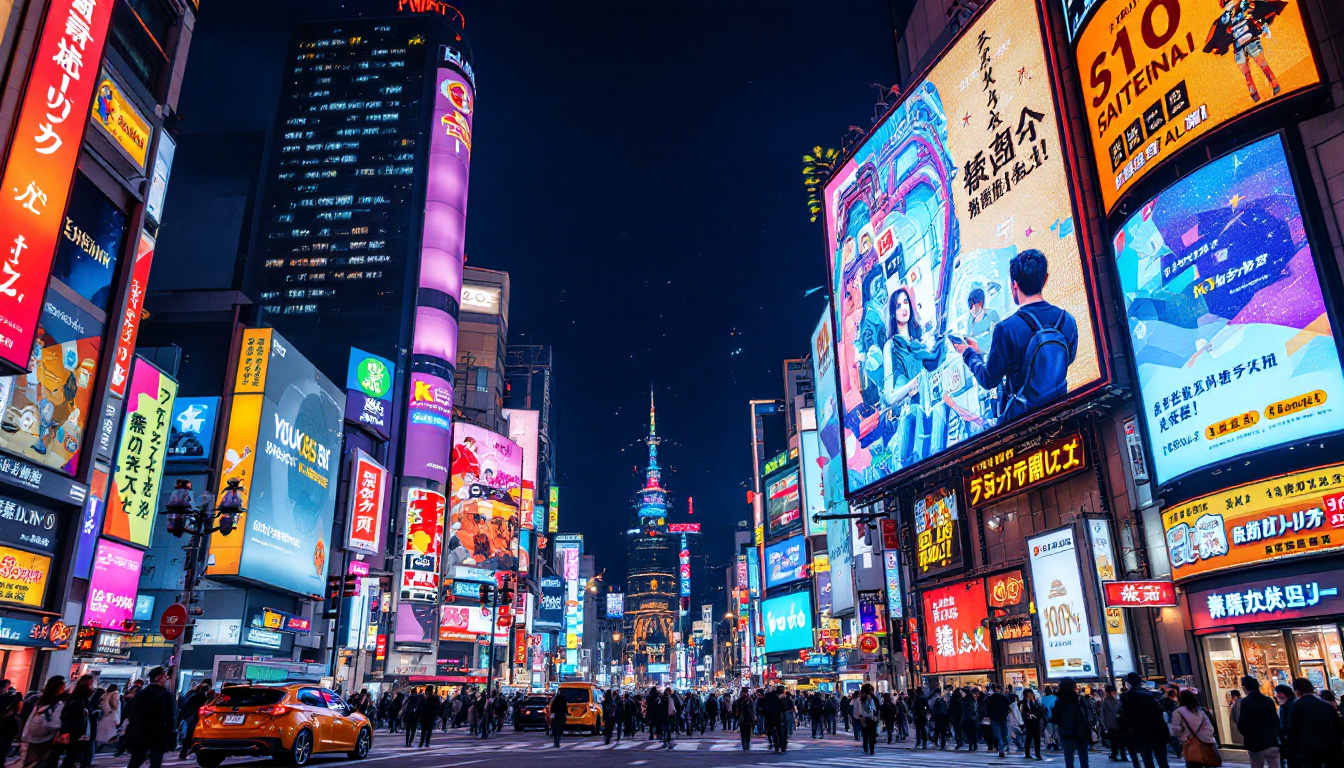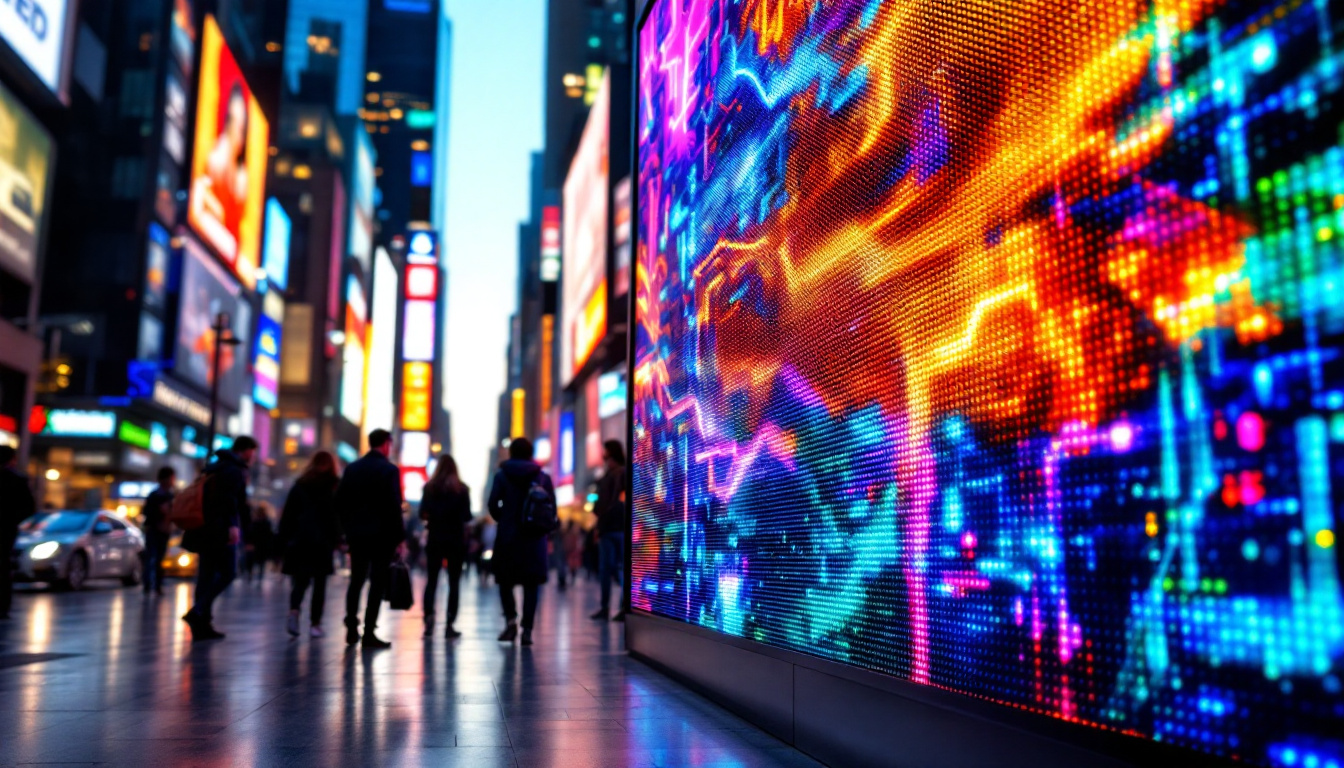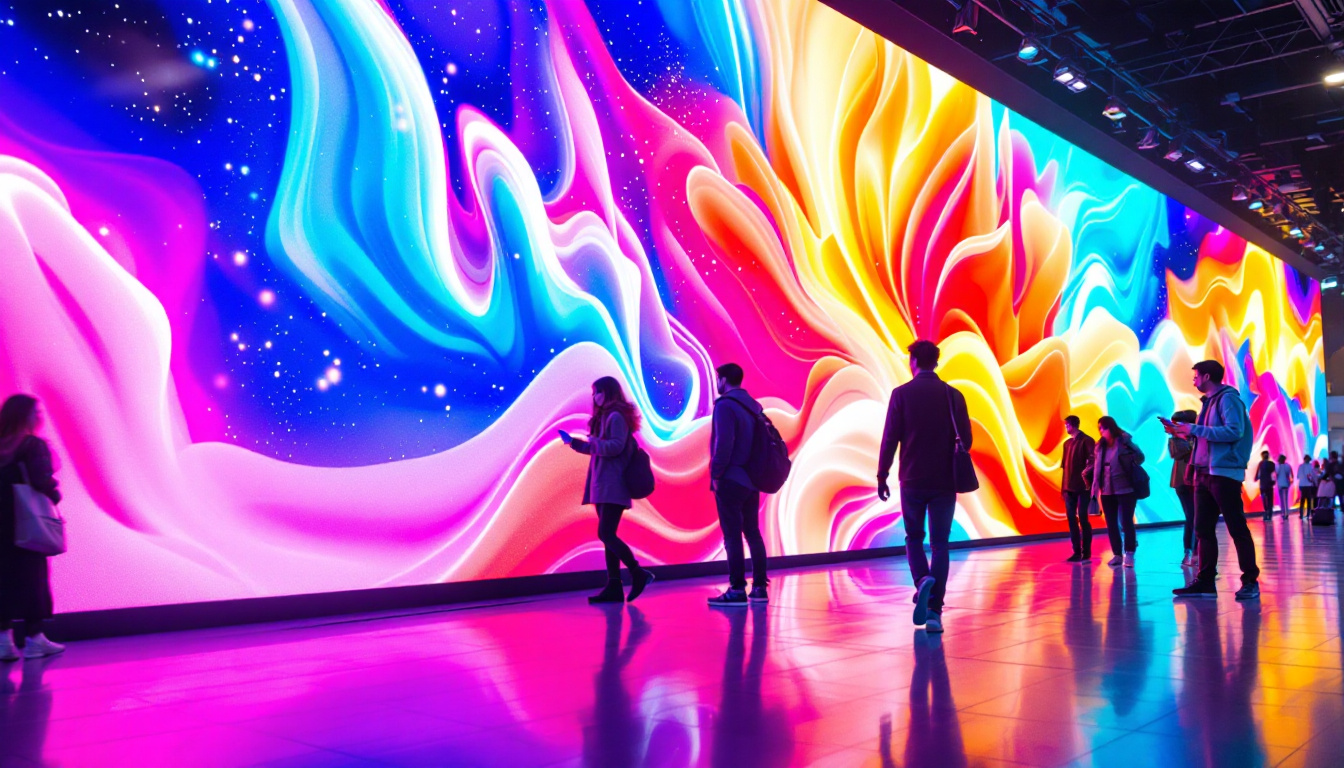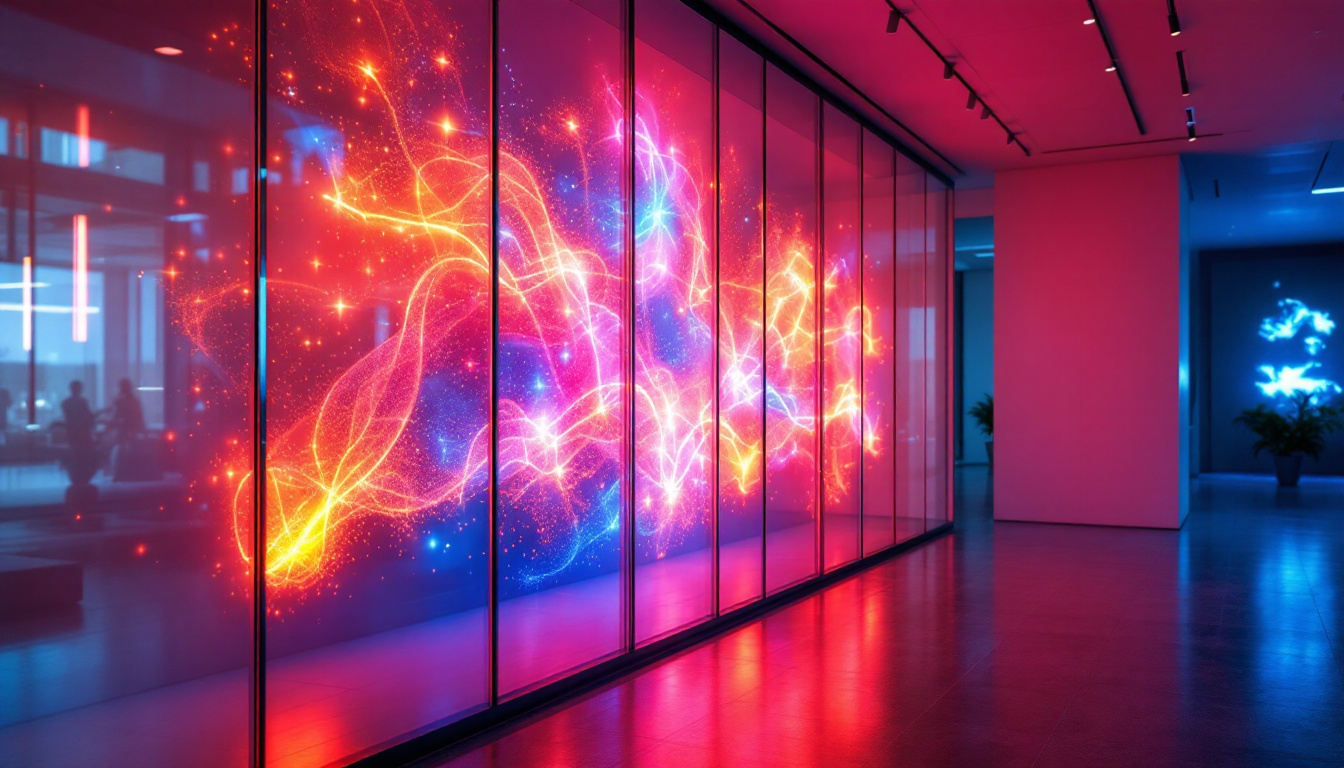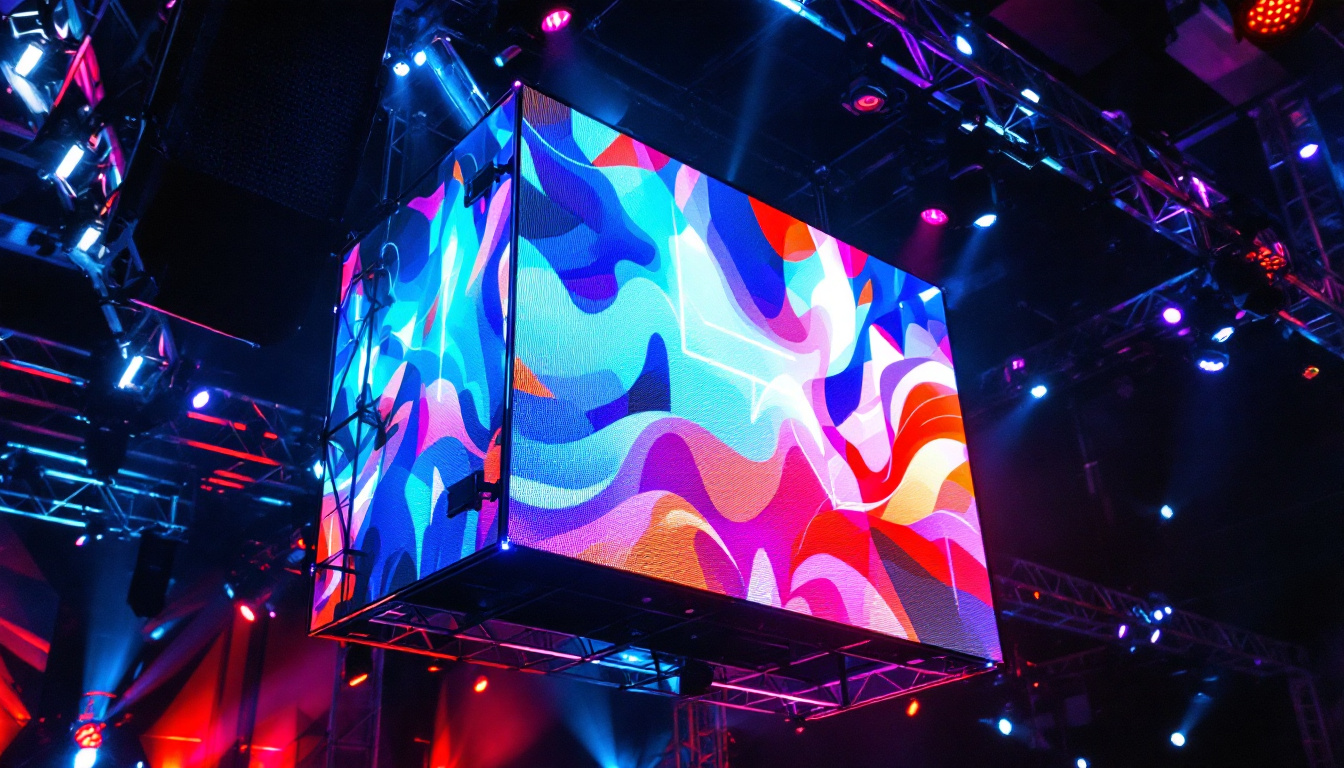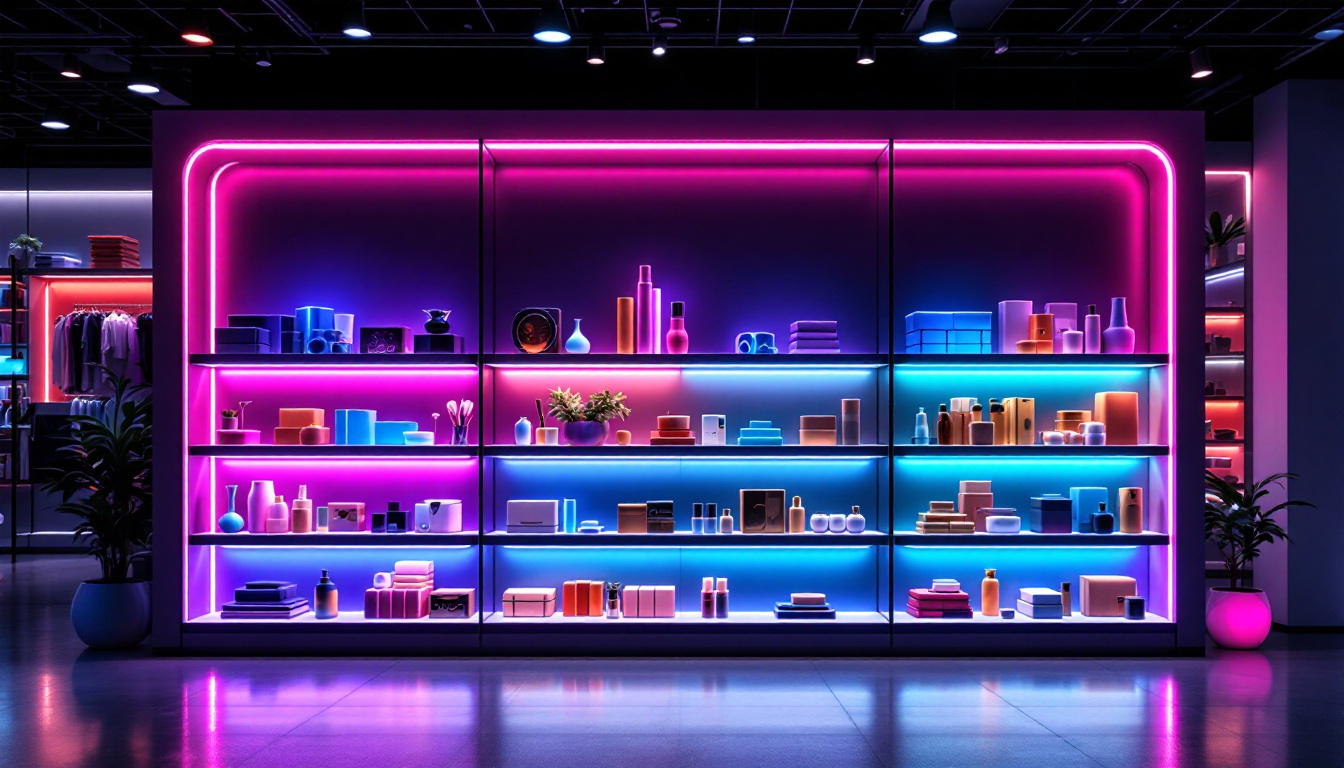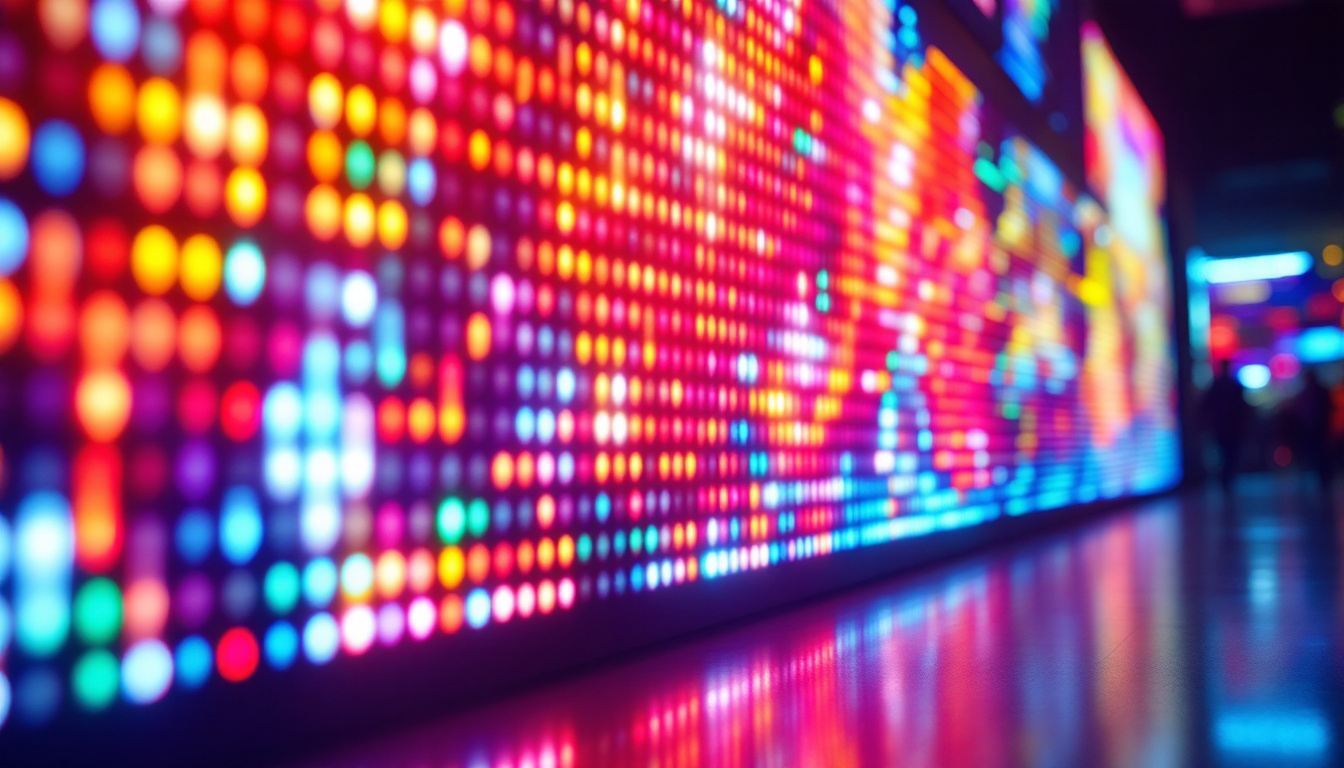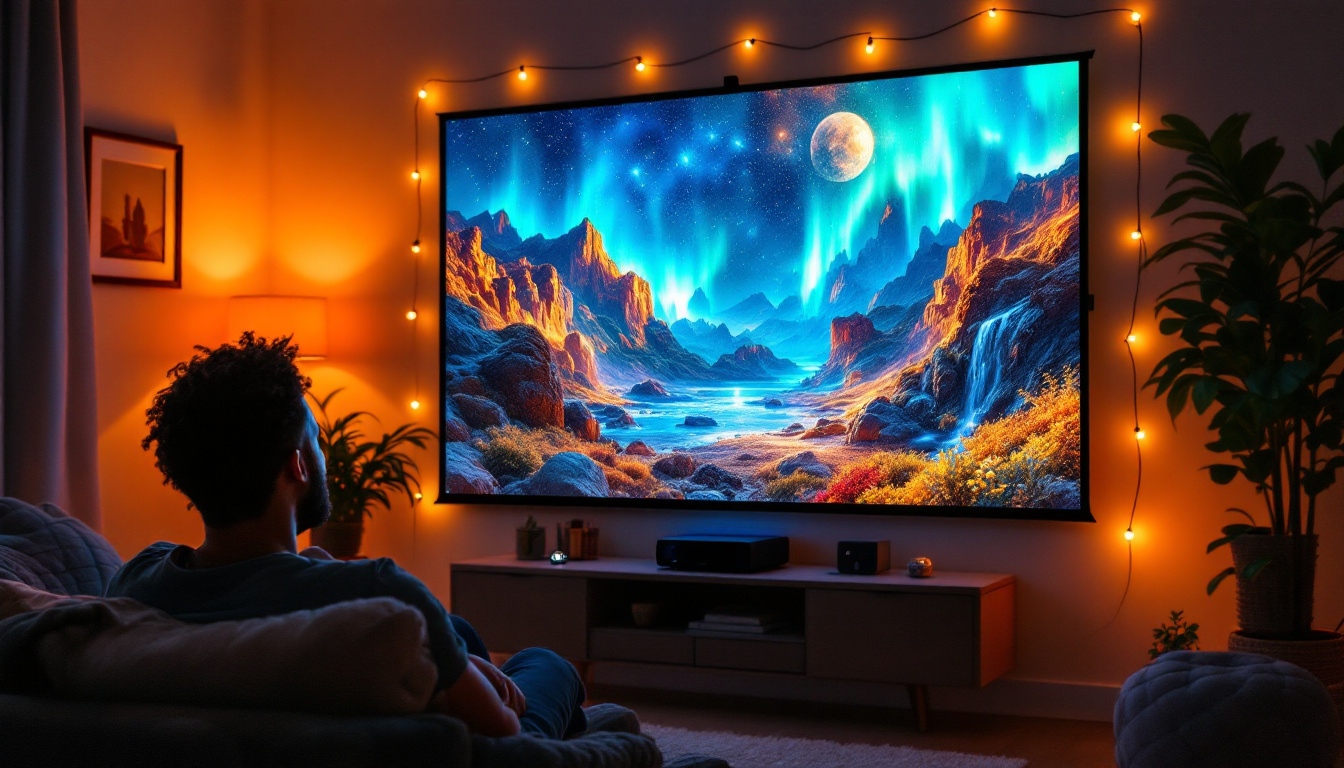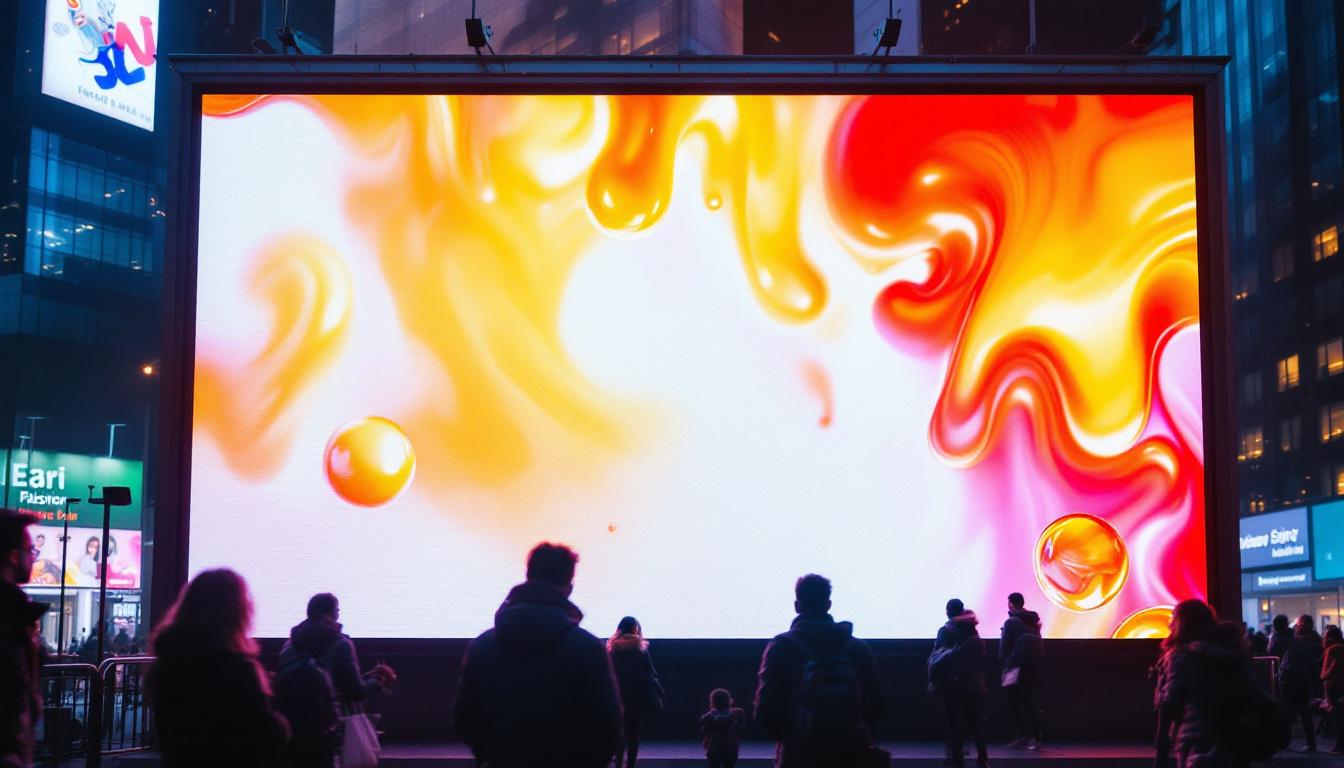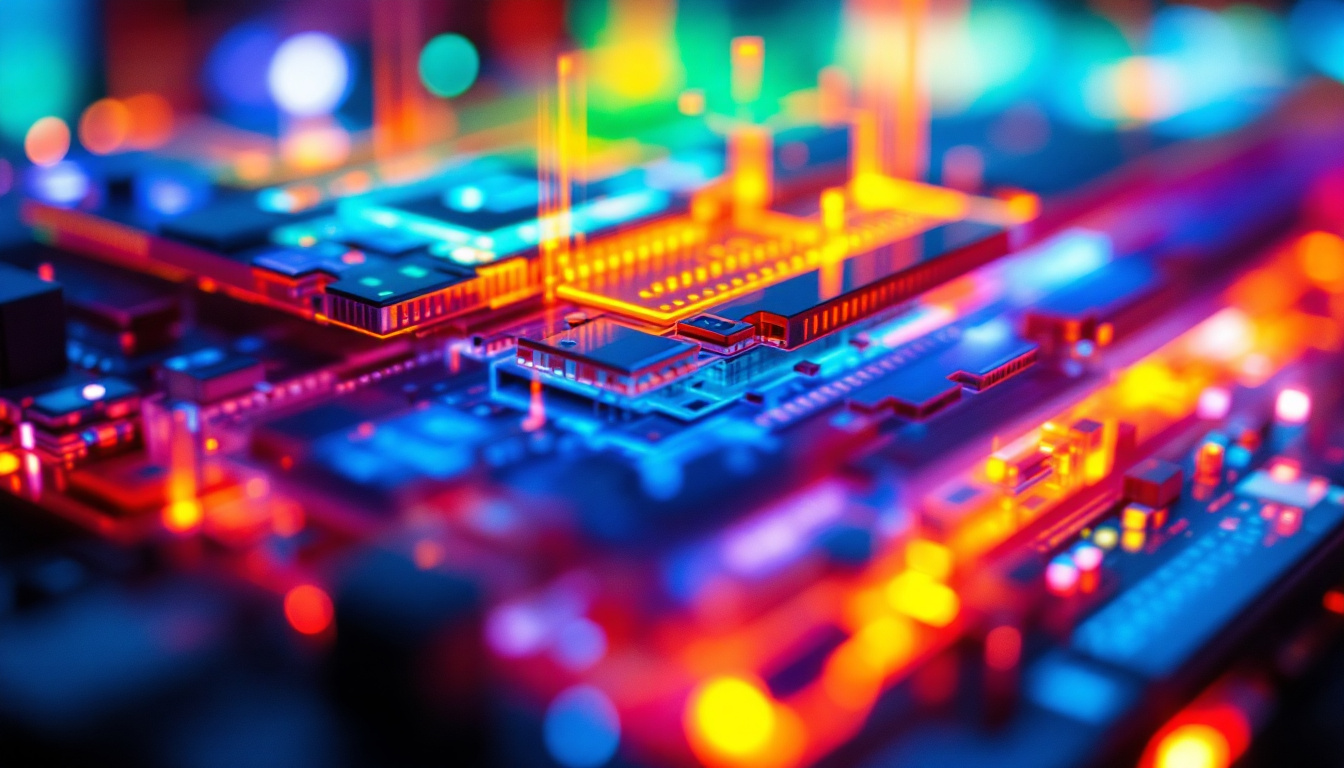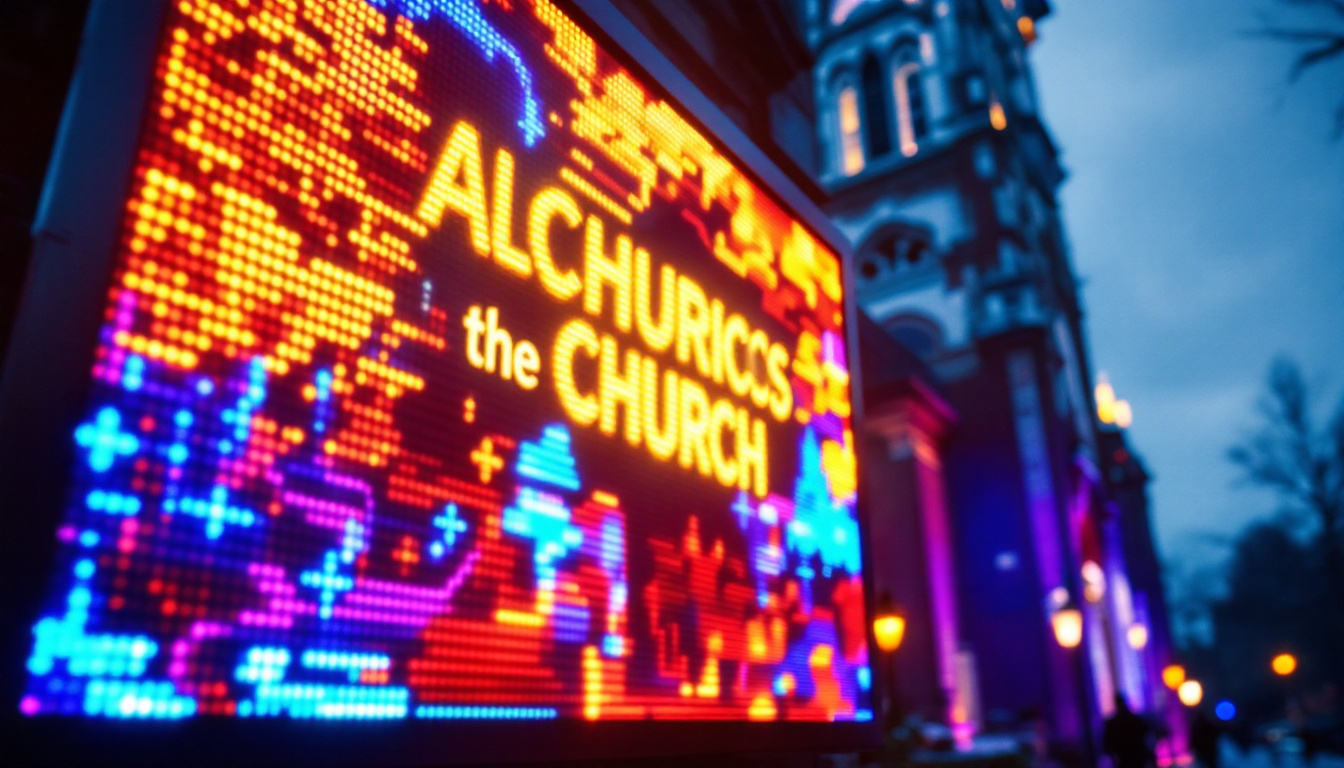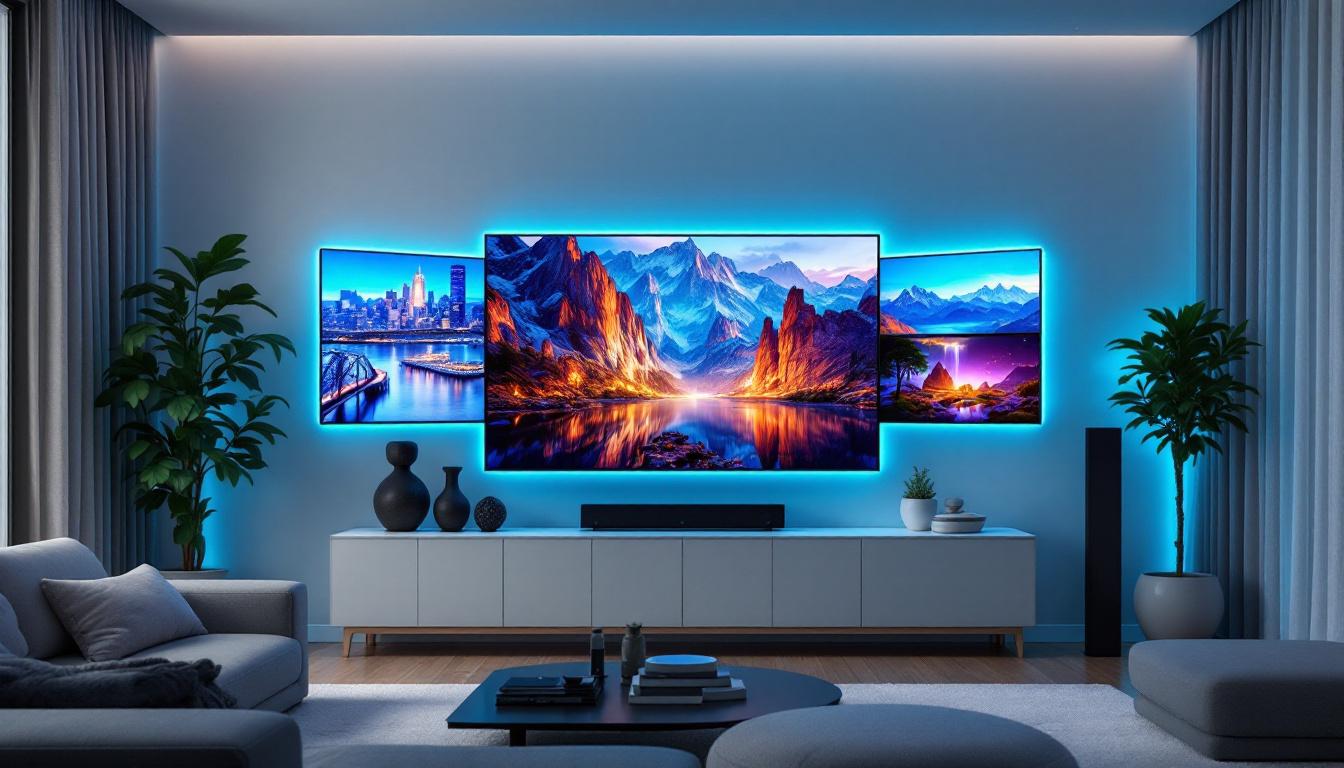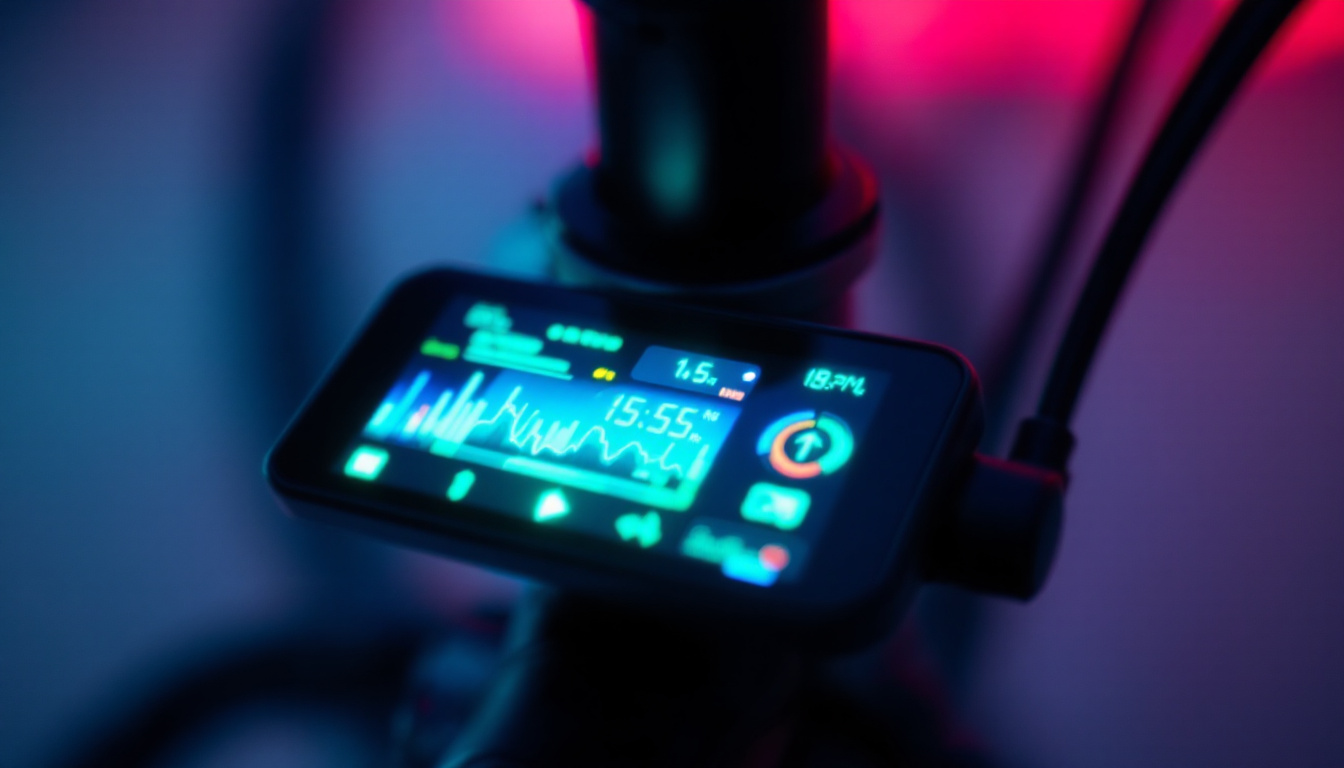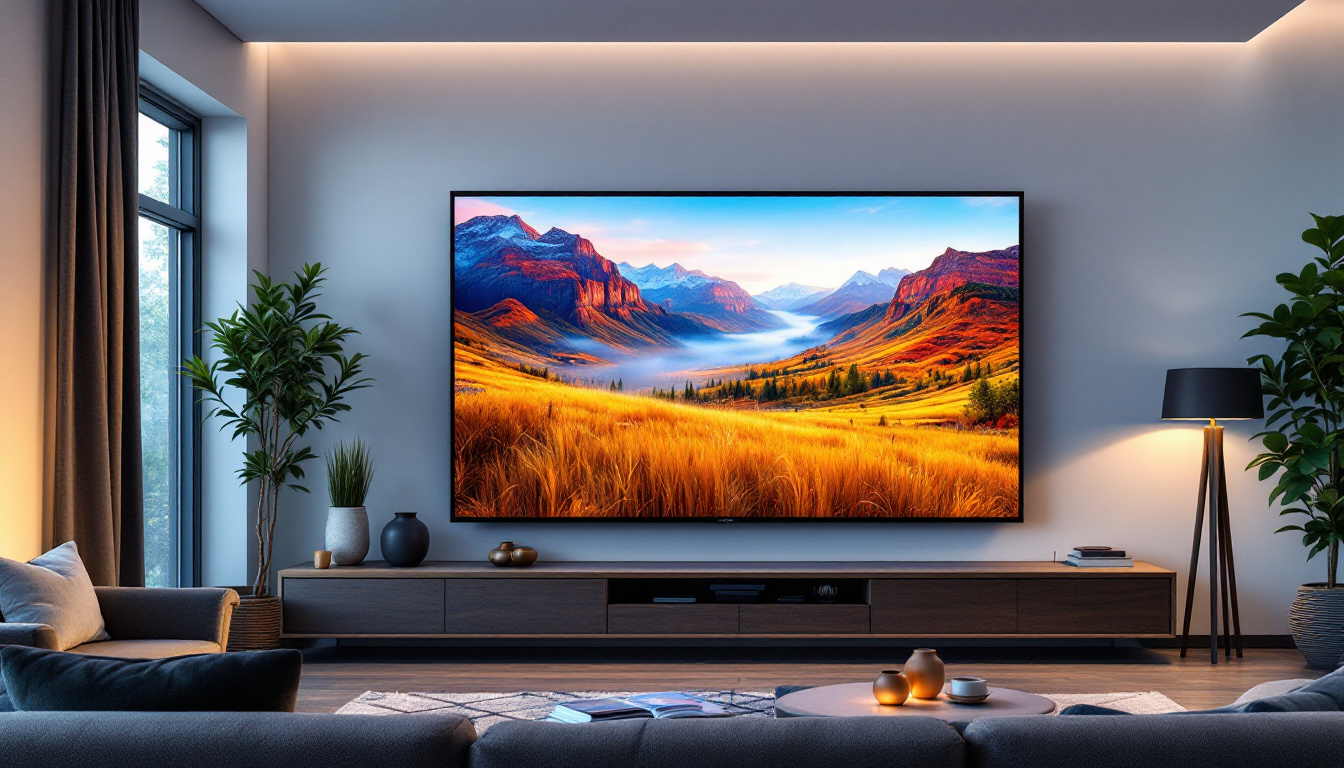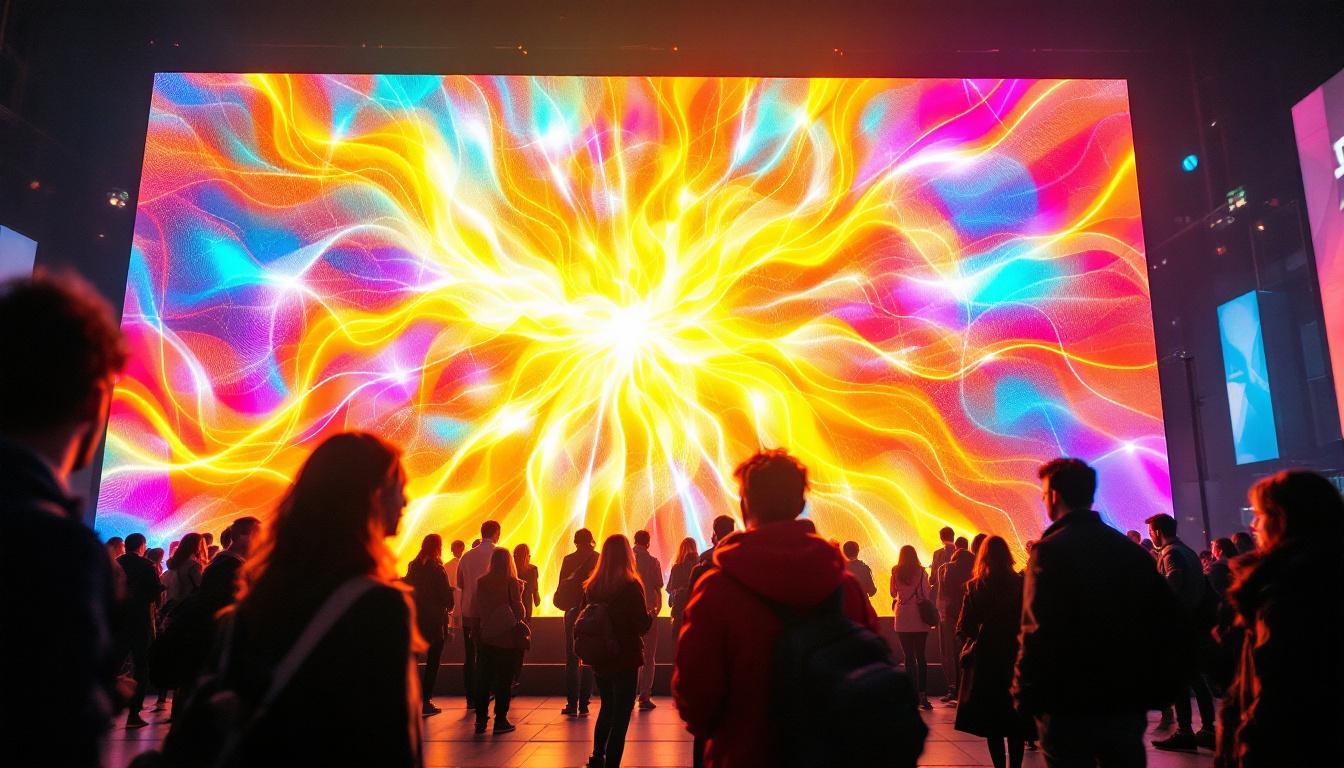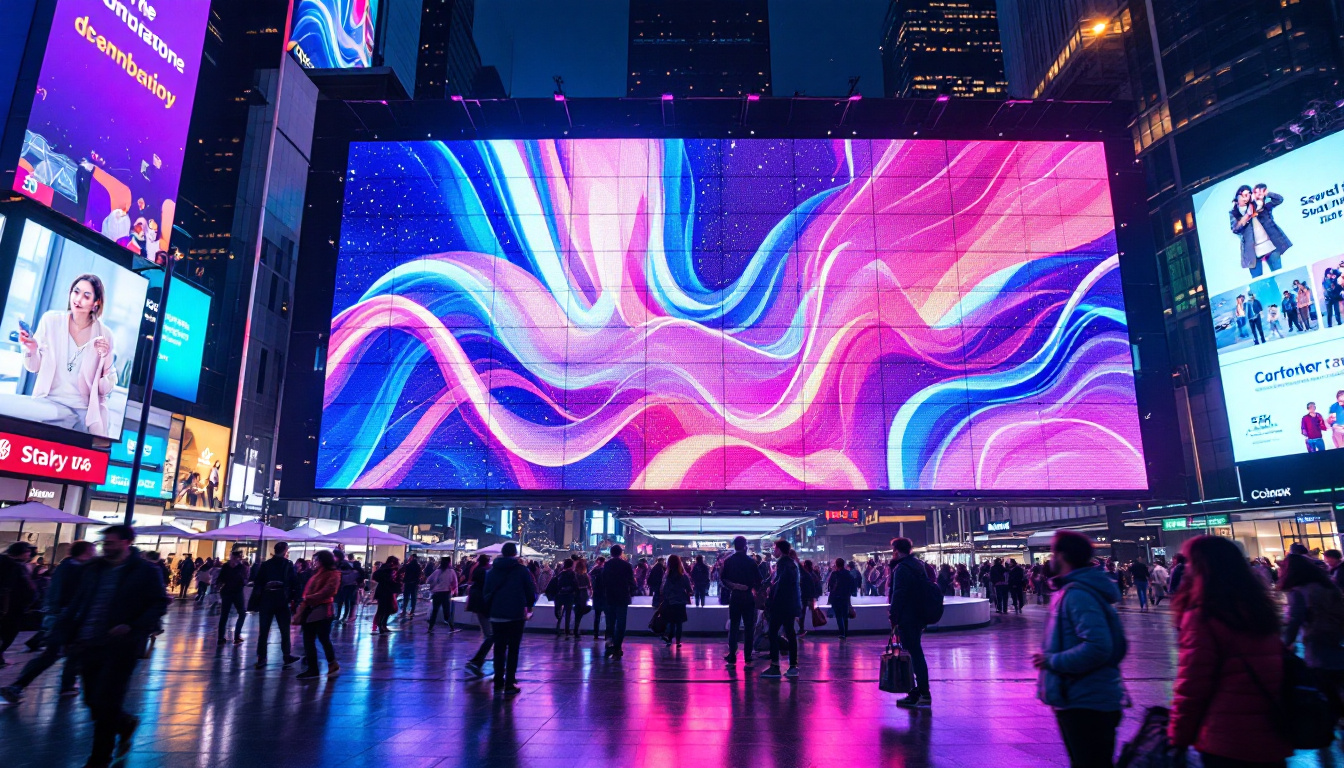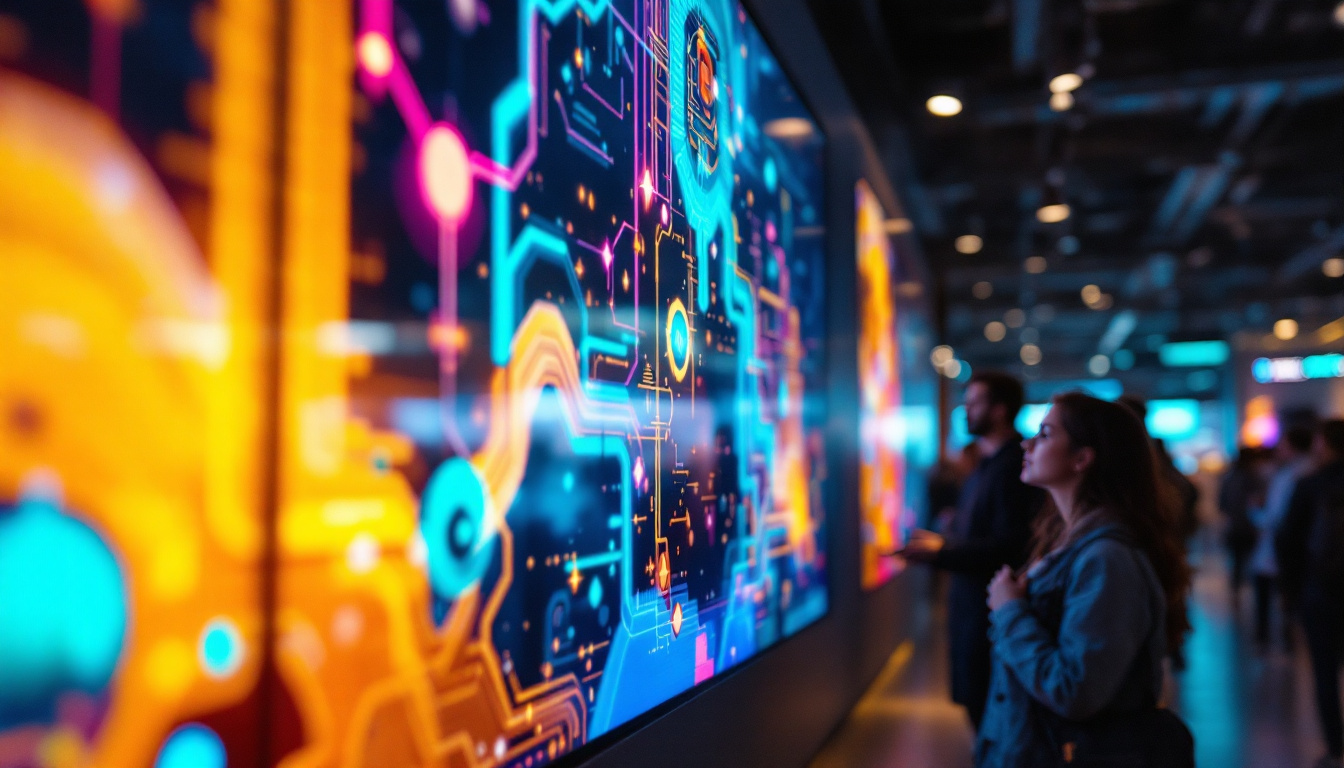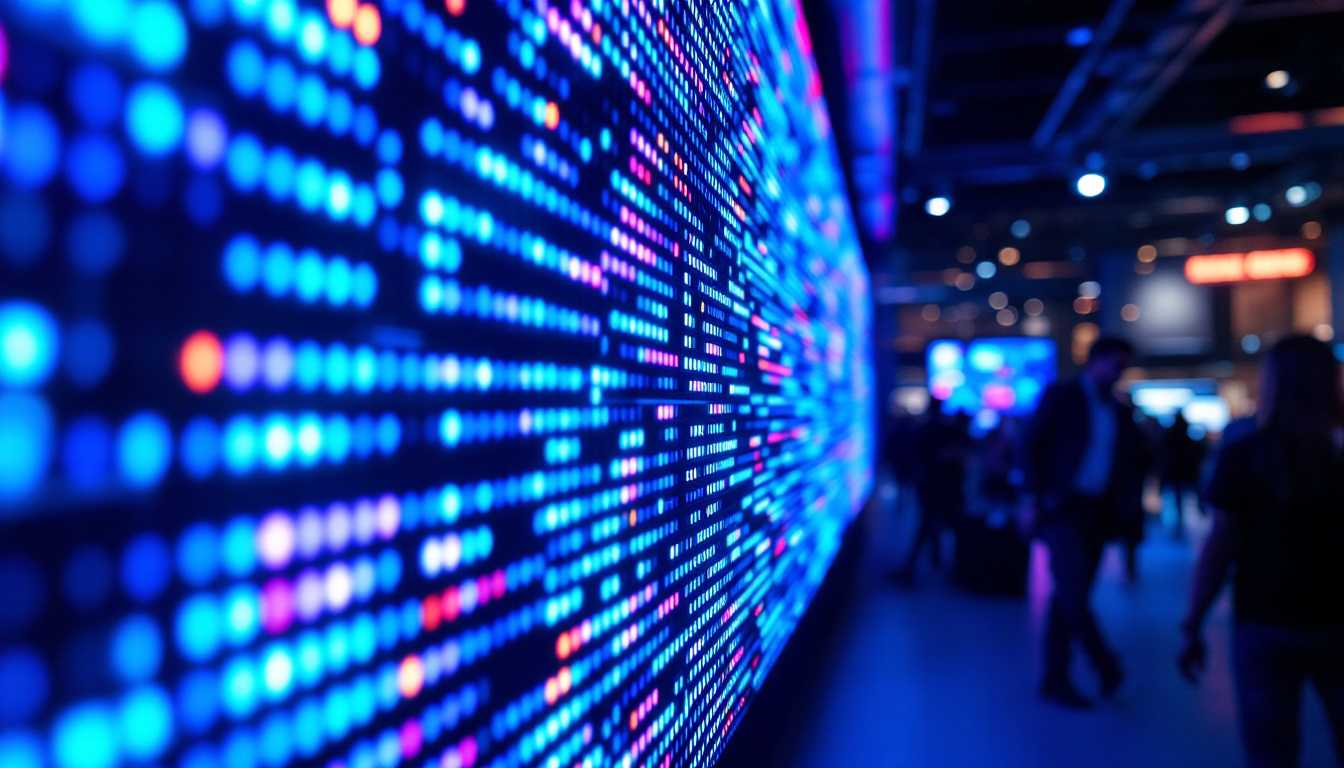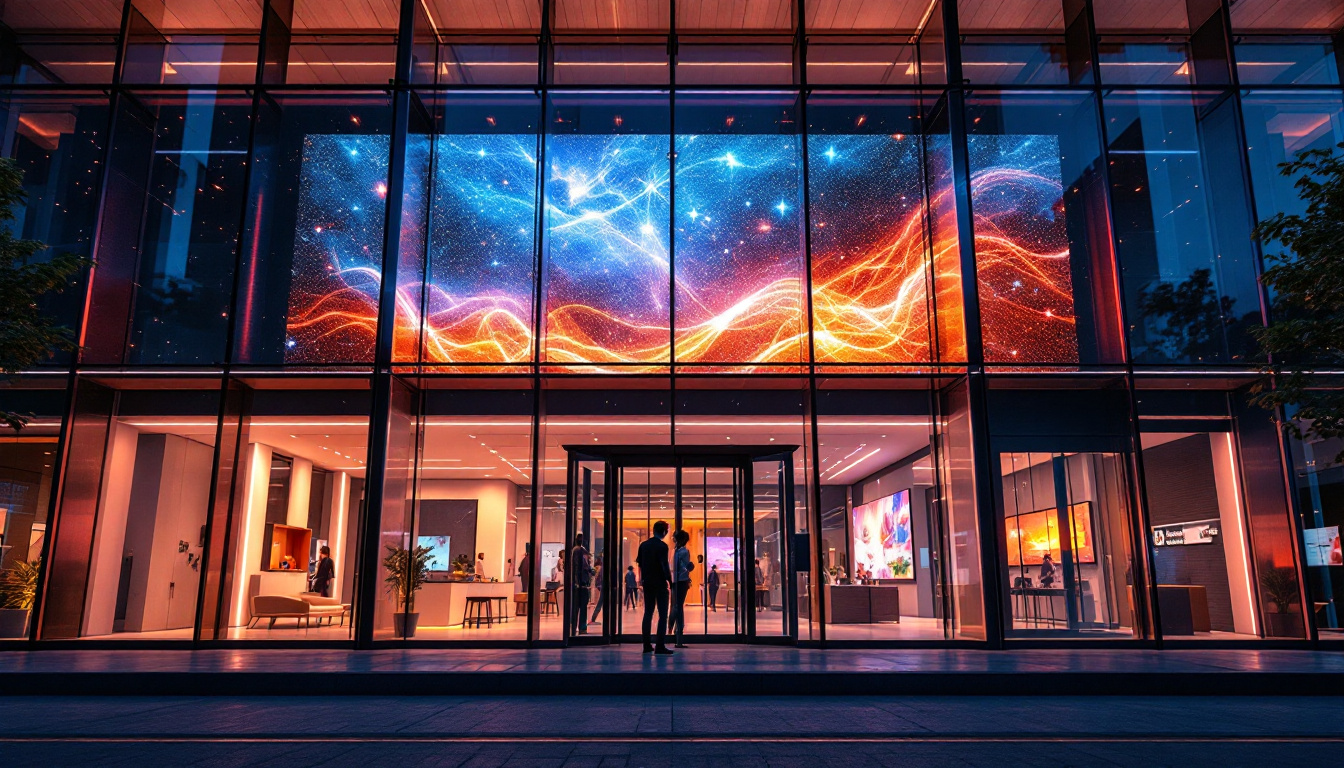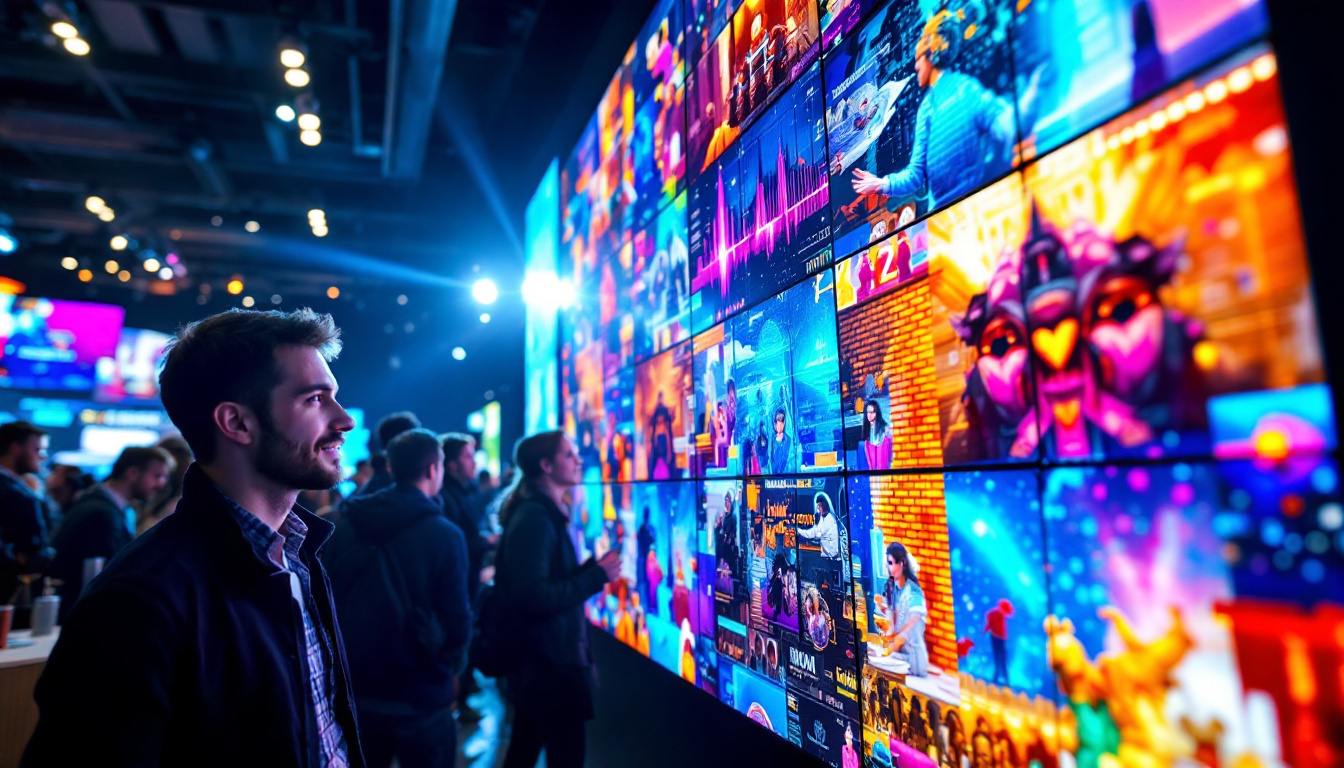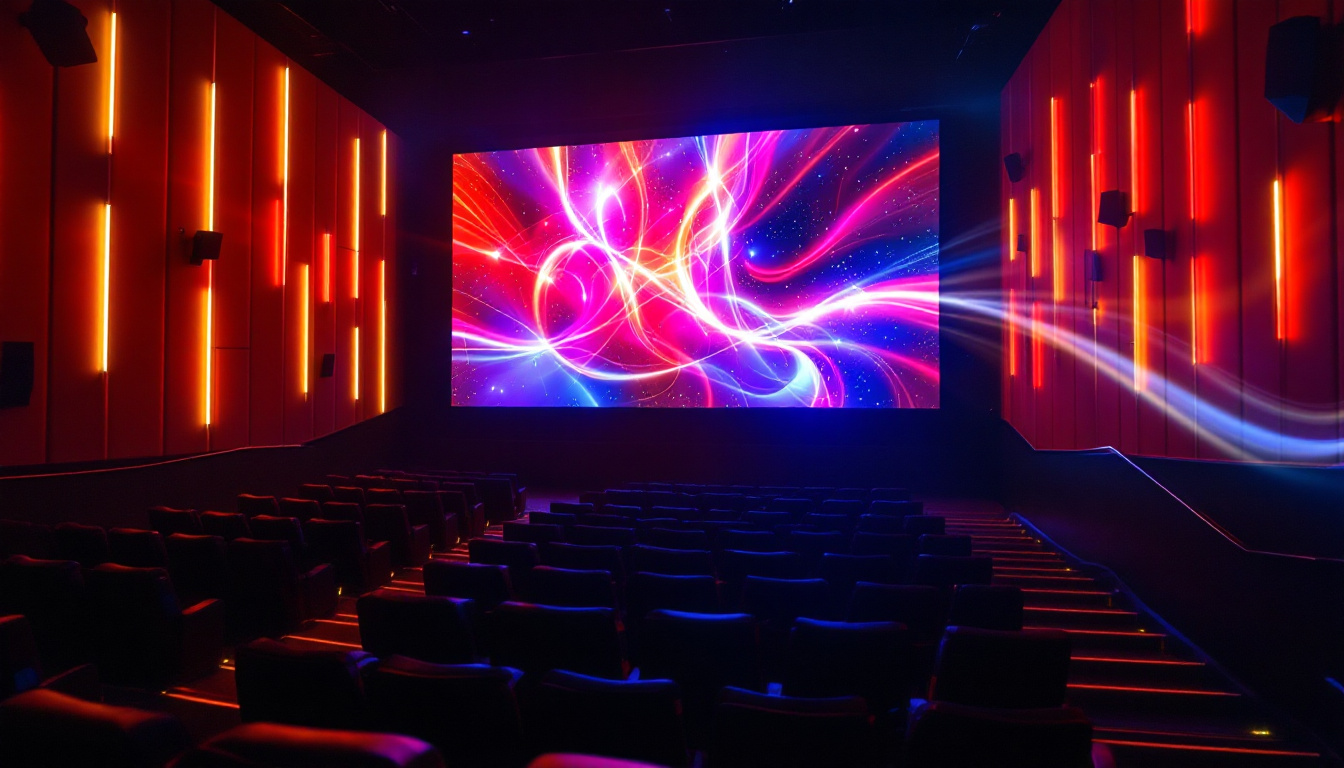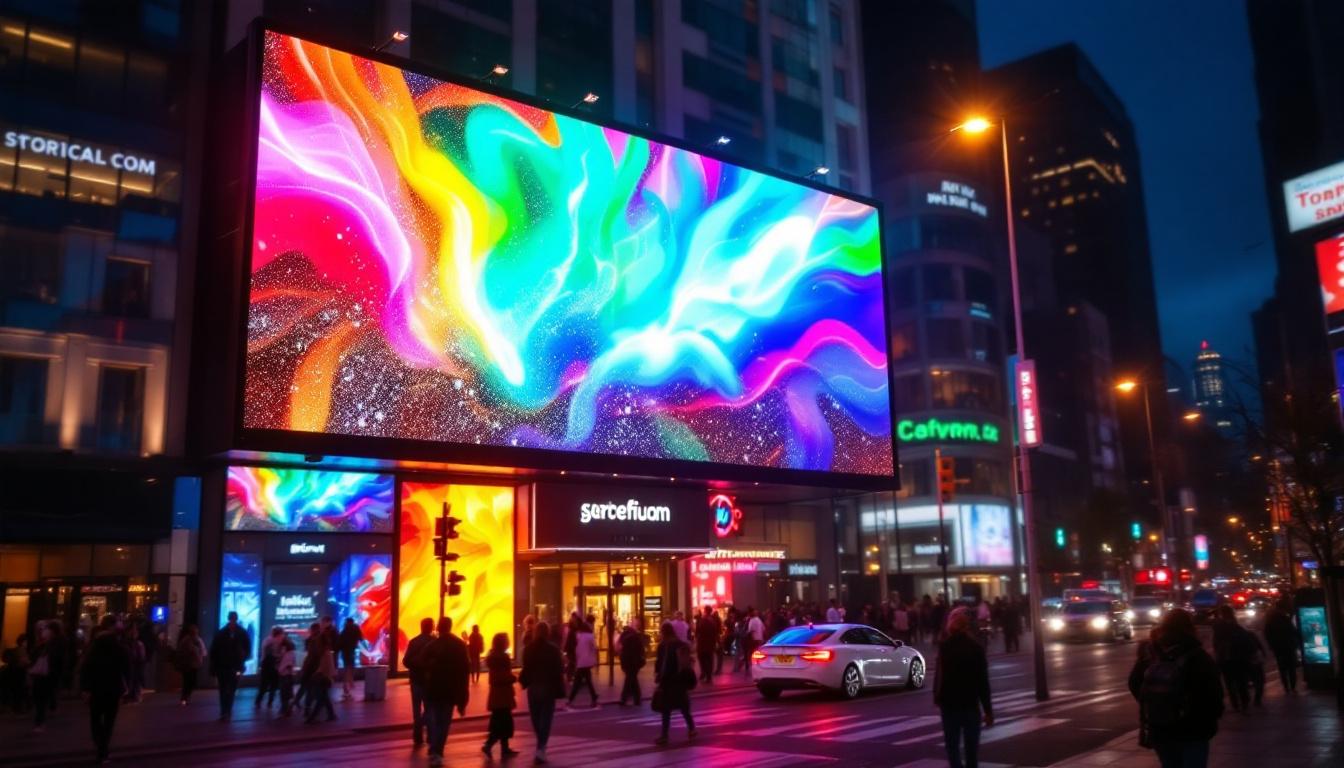In the vibrant urban landscape of Japan, billboards play a crucial role in advertising and public communication. Among the various types of billboards, LED displays have emerged as a dominant force, captivating audiences with their bright colors and dynamic content. This article delves into the intricacies of LED displays used in Japan, exploring their technology, applications, and the impact they have on advertising and public spaces.
The Evolution of Billboards in Japan
The history of billboards in Japan can be traced back to the early 20th century when simple painted signs began to adorn the streets. As technology advanced, so did the sophistication of these advertising mediums. The introduction of electric lights in the post-war era marked a significant turning point, leading to the development of neon signs that illuminated the night sky. These neon signs became synonymous with urban landscapes, particularly in bustling districts like Shibuya and Shinjuku, where they contributed to the vibrant atmosphere that characterizes modern Japanese cities.
As the years progressed, the aesthetic appeal of these signs evolved, reflecting the changing tastes and cultural influences of the time. The intricate designs and bright colors of neon signs not only served as advertisements but also as landmarks, drawing both locals and tourists alike. The fusion of art and commerce in these displays highlighted Japan’s unique ability to blend traditional craftsmanship with modern technology, creating an iconic visual language that is still celebrated today.
The Rise of Digital Advertising
With the advent of digital technology, traditional billboards gradually transitioned to digital formats. The introduction of LED displays revolutionized the advertising landscape, allowing for real-time updates and interactive content. This shift not only enhanced visibility but also provided advertisers with the ability to engage audiences in innovative ways. In busy urban centers, these digital billboards can capture the attention of passersby with dynamic content that changes frequently, making them more effective than static displays.
Moreover, the rise of social media has further influenced the way digital advertising is approached. Advertisers can now create campaigns that integrate online and offline experiences, encouraging viewers to interact with their brands through hashtags or QR codes displayed on these billboards. This interconnectedness has transformed the billboard from a mere advertising tool into a platform for community engagement and brand storytelling, allowing companies to forge deeper connections with their audiences.
Key Milestones in LED Billboard Technology
Throughout the years, advancements in LED technology have led to improved brightness, energy efficiency, and resolution. Early LED displays were limited in size and color range, but modern innovations have resulted in high-definition screens that can display vibrant images and videos. These developments have made LED billboards a preferred choice for advertisers looking to make a lasting impression. The ability to showcase high-quality visuals has also encouraged brands to experiment with creative content, from animated graphics to immersive storytelling experiences.
Furthermore, the integration of smart technology into LED billboards has opened up new possibilities for targeted advertising. By utilizing data analytics and audience tracking, advertisers can tailor their messages to specific demographics at different times of the day. This level of customization not only maximizes the effectiveness of advertising campaigns but also enhances the overall consumer experience, as individuals are more likely to engage with content that resonates with their interests and needs. As the technology continues to evolve, the future of billboards in Japan promises to be even more exciting and interactive.
Understanding LED Display Technology
LED (Light Emitting Diode) displays utilize semiconductor technology to produce light. Unlike traditional incandescent bulbs, LEDs are more energy-efficient, have a longer lifespan, and can be arranged in various configurations. This section will explore the components and functioning of LED displays.
Components of LED Displays
An LED display consists of several key components, including the LED modules, control systems, and power supplies. The LED modules are made up of numerous tiny diodes that emit light when an electric current passes through them. These modules are arranged in a grid format to create a larger display screen.
The control system is responsible for managing the content displayed on the screen. It allows for the programming of advertisements, animations, and real-time updates. Power supplies ensure that the LEDs receive the necessary voltage and current to function efficiently. Additionally, many modern LED displays incorporate advanced thermal management systems to dissipate heat, which is crucial for maintaining optimal performance and extending the lifespan of the display. This is particularly important in high-brightness applications where prolonged use can lead to overheating.
Types of LED Displays
There are various types of LED displays, each designed for specific applications. Outdoor LED displays are commonly used for advertising in high-traffic areas, while indoor displays are often found in shopping malls, airports, and event venues. Some displays are designed for specific purposes, such as scoreboards in sports arenas or digital signage in corporate environments.
In addition to the conventional RGB (Red, Green, Blue) LED displays, there are also specialized variants like OLED (Organic Light Emitting Diode) displays, which offer superior contrast ratios and color accuracy. Furthermore, some LED displays are equipped with features such as high refresh rates and wide viewing angles, making them ideal for dynamic content like video playback. Emerging technologies, such as MicroLED and MiniLED, are also gaining traction, promising even finer pixel densities and enhanced energy efficiency, which could revolutionize the way we interact with digital content in both commercial and residential settings.
Applications of LED Displays in Japan
LED displays have found extensive applications across various sectors in Japan, from advertising to public information systems. Their versatility and effectiveness make them a popular choice among businesses and government entities alike.
Advertising and Marketing
In the bustling streets of Tokyo and Osaka, LED billboards dominate the skyline, showcasing advertisements for everything from fashion brands to entertainment events. The ability to display high-quality visuals and videos allows advertisers to capture the attention of passersby effectively. Moreover, the dynamic nature of LED displays enables advertisers to change content frequently, keeping the messaging fresh and relevant. This adaptability is particularly beneficial during peak shopping seasons or major events, where targeted advertising can significantly impact sales. Additionally, the use of vibrant colors and sharp contrasts in LED technology ensures that advertisements are not only eye-catching but also memorable, leaving a lasting impression on consumers.
Public Information Systems
Beyond advertising, LED displays serve a crucial role in public information systems. Train stations, airports, and public squares often feature LED screens that provide real-time updates on schedules, weather conditions, and emergency alerts. This functionality enhances public safety and ensures that citizens are well-informed. In cities like Tokyo, where millions rely on public transportation daily, these displays are vital for efficient travel. They help reduce congestion and confusion by providing timely information about delays or changes in service. Furthermore, during natural disasters, LED displays can quickly relay critical information to the public, helping to guide evacuations or inform citizens about safety protocols, demonstrating their importance in crisis management.
Entertainment and Events
LED displays are also integral to the entertainment industry in Japan. Concerts, festivals, and sporting events utilize large LED screens to enhance the audience experience. These displays provide live feeds, highlight reels, and visual effects that engage viewers and create a more immersive atmosphere. The technology allows event organizers to create stunning visual narratives that complement performances, making each event unique and memorable. For instance, during the famous summer festivals, LED displays are used not only for advertisements but also to showcase traditional performances and cultural messages, bridging the gap between modern technology and Japan’s rich heritage. Additionally, the growing trend of eSports has seen a surge in the use of LED screens to broadcast competitions, drawing in large crowds and fostering a vibrant community around gaming.
The Impact of LED Displays on Urban Life
The proliferation of LED displays has significantly impacted urban life in Japan. While they contribute to the vibrancy of cityscapes, they also raise questions about their effects on society and the environment.
Enhancing Urban Aesthetics
LED displays have transformed the visual landscape of Japanese cities. The bright colors and dynamic content add a modern touch to urban environments, making them more appealing to residents and tourists alike. Iconic locations, such as Shibuya Crossing and Dotonbori, are now synonymous with their stunning LED displays, attracting millions of visitors each year.
Challenges and Concerns
Despite their benefits, the rise of LED displays has also raised concerns regarding light pollution and distractions for drivers. Critics argue that excessive brightness and constant motion can be overwhelming and detract from the overall experience of the urban environment. As cities continue to evolve, finding a balance between technological advancement and aesthetic harmony will be crucial.
Future Trends in LED Display Technology
The future of LED display technology is promising, with ongoing innovations poised to enhance their functionality and effectiveness. As the demand for more engaging advertising and information systems grows, several trends are emerging.
Smart LED Displays
One of the most significant trends is the development of smart LED displays. These displays incorporate sensors and connectivity features that allow them to interact with their environment. For instance, smart displays can adjust brightness based on ambient light conditions or display personalized content based on audience demographics.
Integration with Augmented Reality
Augmented reality (AR) is another area where LED displays are expected to make strides. By integrating AR technology, LED displays can create immersive experiences that blend virtual elements with the real world. This could revolutionize advertising, allowing consumers to interact with products in ways never seen before.
Conclusion
LED displays have become an integral part of Japan’s urban fabric, transforming the way information is communicated and enhancing the advertising landscape. Their evolution from simple painted signs to sophisticated digital displays reflects the rapid advancements in technology and the changing needs of society.
As cities continue to embrace these innovations, the challenges associated with their use must also be addressed. Striking a balance between the benefits of LED displays and their potential drawbacks will be essential for creating urban environments that are both visually appealing and functional.
Looking ahead, the future of LED displays in Japan promises exciting developments, with smart technologies and augmented reality set to redefine how these displays are utilized. As the country continues to lead in technological advancements, LED displays will undoubtedly play a pivotal role in shaping the future of advertising and public communication.
Explore Cutting-Edge LED Display Solutions with LumenMatrix
As you’ve seen, LED displays are reshaping Japan’s urban landscapes and the future of digital communication. If you’re inspired to elevate your brand’s presence with the latest in LED display technology, look no further than LumenMatrix. With our wide range of innovative products, including Indoor and Outdoor LED Wall Displays, Vehicle LED Displays, LED Poster Displays, and more, we’re committed to enhancing your visual storytelling. Experience the transformative power of our LED Sports Displays, Floor LED Displays, and Custom LED solutions that promise to captivate your audience. Embrace the future with LumenMatrix’s All-in-One and Transparent LED Displays, designed to deliver your message with unparalleled clarity and impact. Check out LumenMatrix LED Display Solutions today and join the revolution in visual communication.

